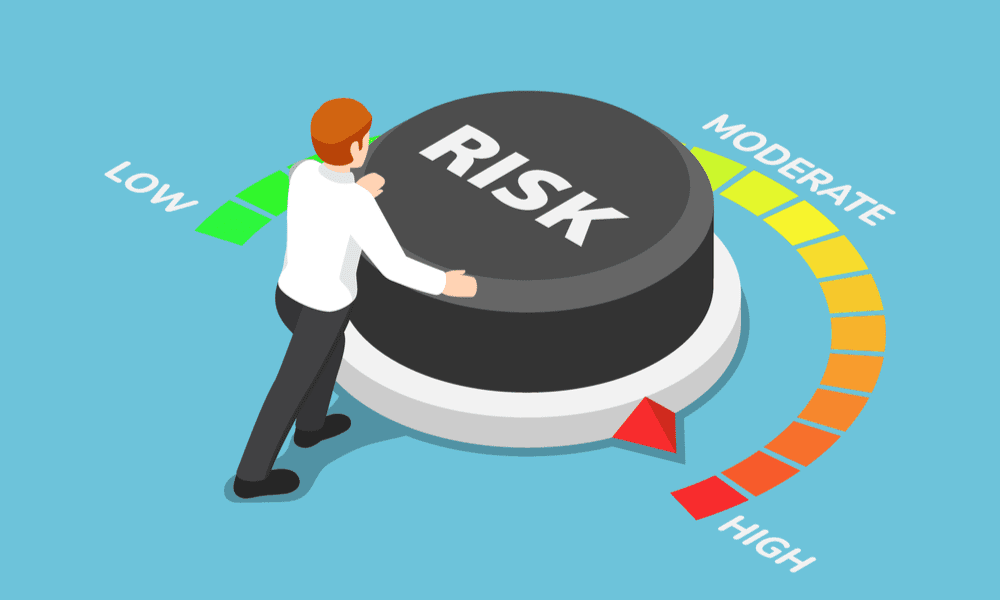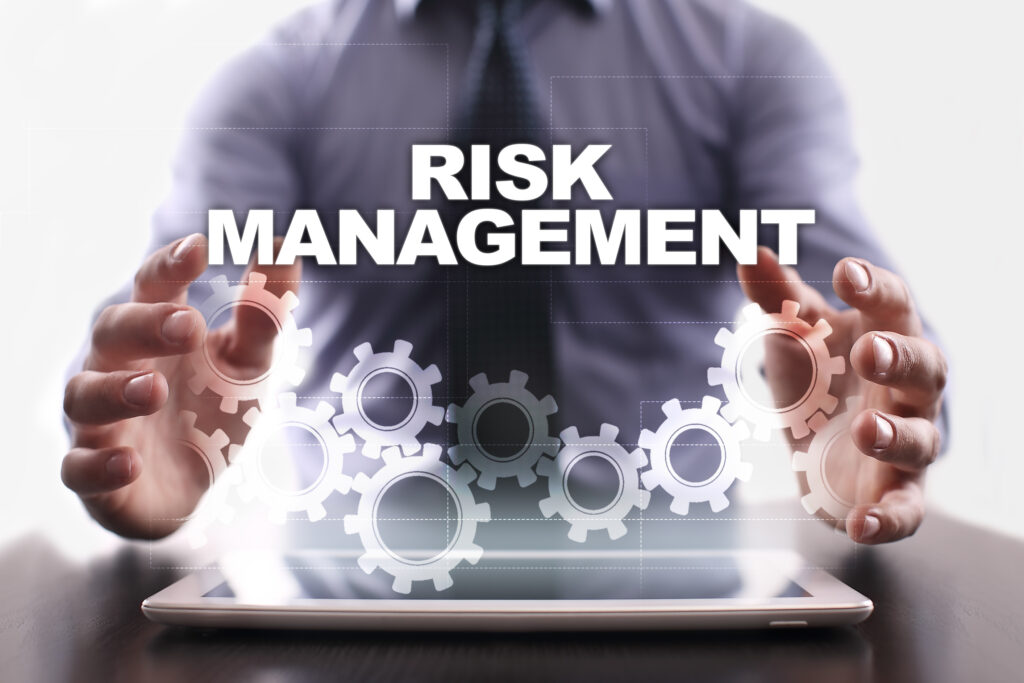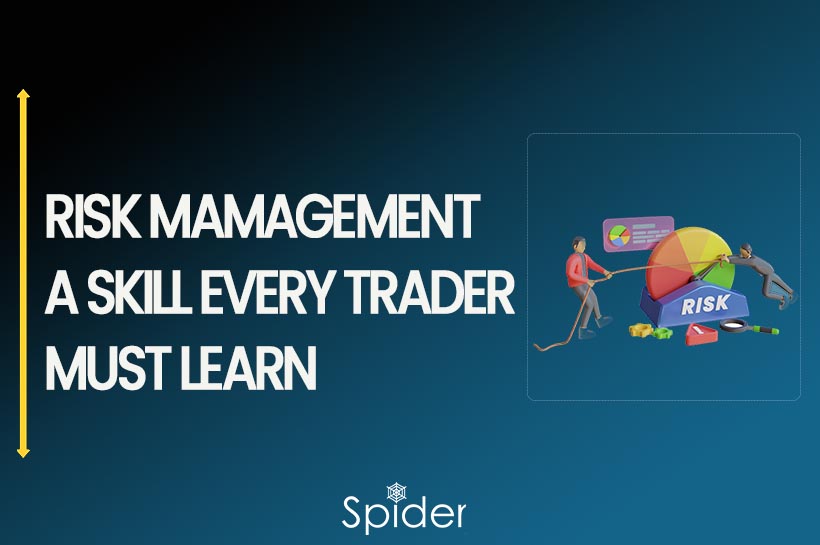Risk is an essential part of day-to-day trading – you cannot make any returns without risking your capital and one of the most important aspects of trading is Risk management. You can’t be a successful trader if you can’t manage your risk.
What is Risk Management in trading?

Risk management is a set of actions you take to protect your trading capital from losses. The less money you lose in the first few years, the longer you can stay in the market. And that means more time to work on finding consistency.
This means you get more experience in market and learn better ways to avoid risk and earn more profits with risk to reward ratio.
How Risk Management helps?

Risk management helps reduce losses. It can also help protect traders’ accounts from losing all their money. Risk occurs when traders suffer losses. If risk can be managed, traders can open up to making money in the market.
It is a necessary but often overlooked prerequisite for successful active trading. After all, a trader who has generated significant profits can lose everything in just one or two bad trades without a proper risk management strategy.
Psychology of Risk Management

When the losses add up, it can take a toll on you mentally and mess with your head. This can increase your losses if you are not careful. Frustration can cause a break of discipline.
Your mindset can affect your performance more than your strategies and rules. That’s why it is better to take a break after losses. Avoid continuous losses and revenge trading.
Helpful Risk Management strategies

- Finding Trades :
Instead of rushing into new positions, opportunities should be carefully considered and well thought.
This means that as part of your preparations, you create a detailed Trading plan and stick to it. Try to avoid entering any trades randomly or irregularly, based on emotions of excitement, greed or fear.
The fact that the market is moving quickly in one direction or the other may not constitute a rational reason to enter the trade.
- Exit Strategy :
Before you enter any position, you should know exactly where your stoploss is i.e. the maximum loss you are ready to risk from a single trade. Allowing your trades to go past your Stoploss is a recipe for failure. A common mistake among traders is to hold on to losing trades in the hope that they will turn around. A good risk management plan will help you avoid this potential mistake.
- Correct Sizing :
Another habit of many professional traders is correct sizing, which is where you decide in advance how much capital to invest in each opportunity.
Before you open your first live trade, it is a good idea to determine the correct sizing based on the size of your trading account. This can help you control your risk. Obviously, a ₹10,000 account may use different sizing than a ₹1,000,000 account. Regardless of the amount you’re trading, however, paying attention to your correct sizes can go a long way toward avoiding big losses.
- 1% Rule
The 1% rule in trading means that the maximum amount of risk that is allowed per trade should be 1%. This will help you avoid excessive loss that might otherwise happen.
No more than 1% of capital should be risked on a single trade. This is usually possible with day trading. For example, a trader who has capital of ₹10,000 will not risk more than ₹100 on a single trade.
Conclusion
Several proven techniques have been developed to effectively control risk, and you should choose the ones that best suit your style and trading goals.
There is no 100% correct Technique to managing risk in trading. An effective risk management program should be tailored to the specific needs of the trader and the type of trading he does.
By following the few simple rules and strategies described in this article, you can ensure that you get the most out of your risk management efforts and increase your chances of success in the Stock market.
Also, Check our Blog on TRADING PSYCHOLOGY – The most important aspect of Trading?
Disclaimer: The information provided in this Blog is for educational purposes only and should not be construed as financial advice. Trading in the stock market involves a significant level of risk and can result in both profits and losses. Spider Software & Team does not guarantee any specific outcome or profit from the use of the information provided in this Blog. It is the sole responsibility of the viewer to evaluate their own financial situation and to make their own decisions regarding any investments or trading strategies based on their individual financial goals, risk tolerance, and investment objectives. Spider Software & Team shall not be liable for any loss or damage, including without limitation any indirect, special, incidental or consequential loss or damage, arising from or in connection with the use of this blog or any information contained herein.





